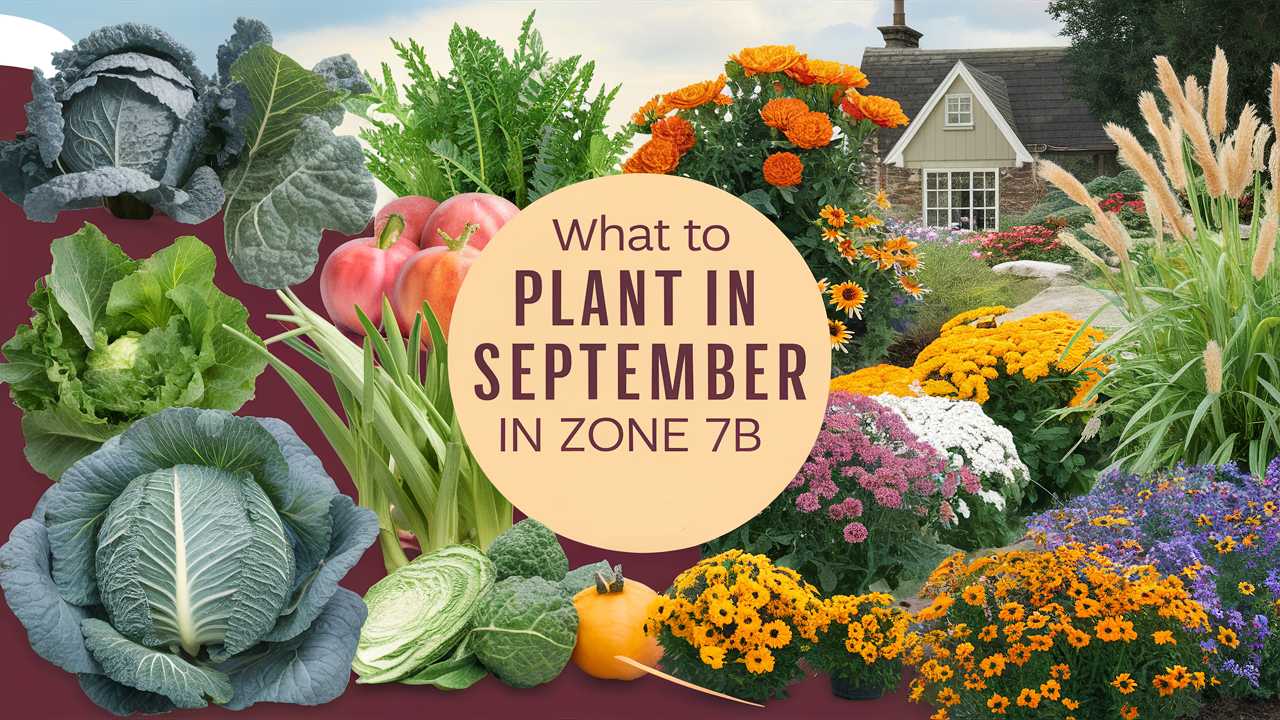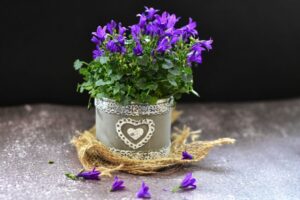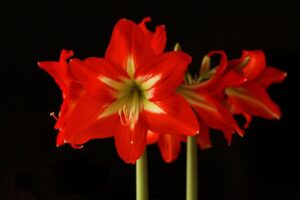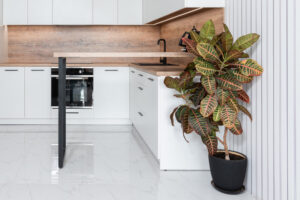Whether you’re interested in vegetables, flowers, herbs, or landscape plants, September is a pivotal time for garden enthusiasts in this region. Below, we’ll explore a wealth of options for what to plant in September in Zone 7b.
Vegetables To Plant
September is an excellent time to plant certain vegetables that thrive in the cooler temperatures of early fall. These crops not only thrive but can often be harvested before the first frost, providing a fresh bounty for your table.
Spinach

Spinach is a cool-weather crop that can be sown in September for a winter harvest. It prefers temperatures between 40°F and 75°F, making it ideal for fall planting. Ideally, seeds should be sown 1/2 inch deep in well-drained soil, and they can germinate in temperatures as low as 35°F.
If you’re worried about a frost, consider using a cold frame or row covers to protect young plants. With proper care, spinach can be continuously harvested from September through late November, providing the added benefit of gradual bolt resistance as temperatures cool.
Kale
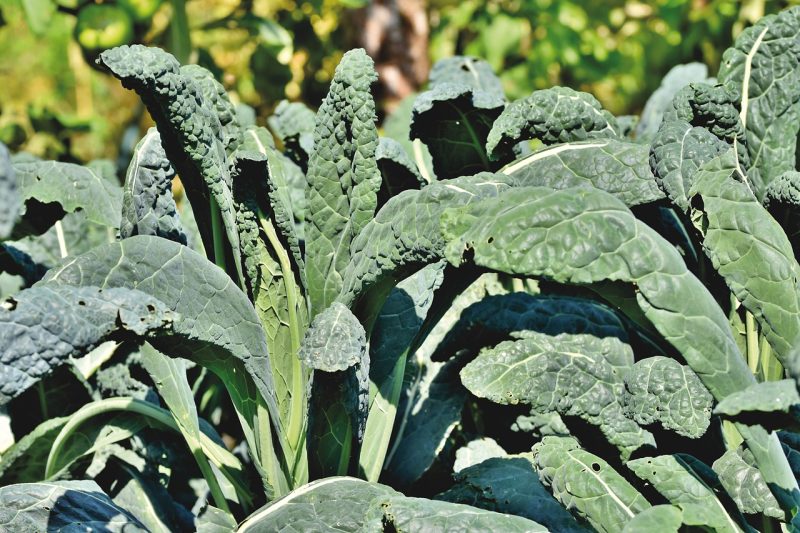
Kale is another hardy vegetable that not only tolerates but thrives in colder weather. It can be seeded directly into the ground until late September, as it prefers temperatures around 60°F. The leaves actually become sweeter after exposure to frost, enhancing their flavor profile.
Space kale plants about 12-18 inches apart to allow for ample growth. With a little protection from wind and heavy frost, you can enjoy fresh kale well into the winter months.
Brussels Sprouts
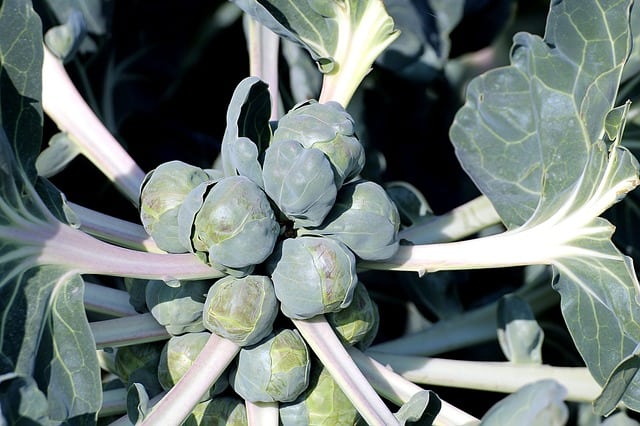
Brussels sprouts require a longer growing season, but planting in September can yield a fantastic harvest. Ideal for planting later in the season, these plants can withstand temperatures down to 20°F once established. Ideally, seeds should be sown in early to mid-September.
Spacing is key here; set them about 24 inches apart for optimal growth. These cruciferous vegetables are unique in that they develop best after a few frosts, often gaining a more robust flavor.
Beets
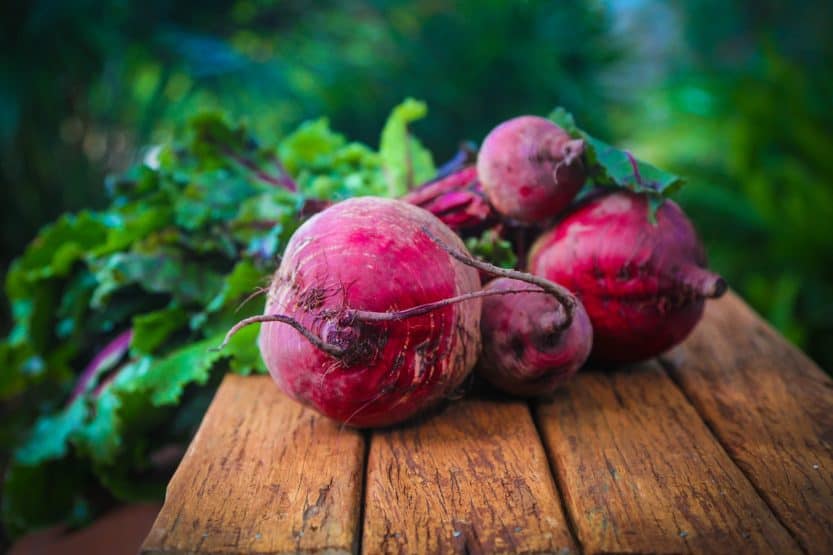
Beets thrive in the cooler temperatures of September and can be directly sown 1-2 inches apart in well-aerated soil. These root vegetables prefer temperatures between 50°F to 85°F. Once the seedlings emerge, thin them to approximately 4 inches apart to allow for bulb development.
Beets are quite resilient and can often withstand light frosts, making them an excellent choice for late-season gardening. Expect to harvest them 6-8 weeks after sowing, so this is an ideal crop for a quick turnaround.
Carrots

Carrots, another root vegetable that enjoys the cool, moist conditions of fall, can be seeded until late September. Choose a well-drained, nutrient-rich soil, and plant seeds about 1/4 inch deep with adequate spacing of 2-4 inches apart.
They germinate best at soil temperatures around 50°F and can be left in the ground for harvesting even after frost, providing you with fresh produce throughout fall and into early winter.
Turnips
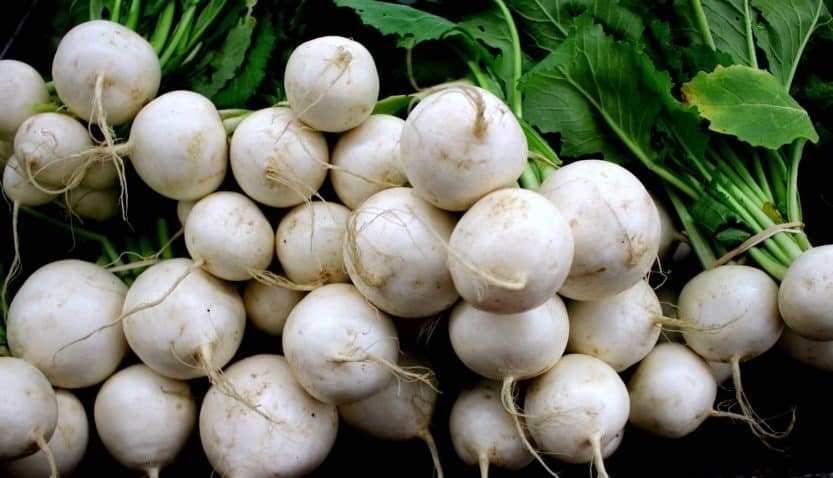
Turnips are a fast-growing root vegetable that thrive in cooler temperatures. Plant them in September for a timely harvest before the ground freezes. These hardy veggies prefer soil temperatures of around 55°F and can germinate quickly, often within 5-10 days.
Turnips can be harvested young for greens or allowed to mature into roots. They require about 3-4 inches of spacing between plants for optimal growth.
Radishes

Radishes are one of the quickest crops you can grow, making them perfect for September planting. With a fast maturation period of just 3-4 weeks, radishes can be directly seeded into the garden as long as nighttime temperatures remain above 40°F.
They thrive best in loose, well-drained soil and can be planted in rows spaced about 6 inches apart. Their crisp texture and peppery bite make them an excellent addition to salads.
Garlic
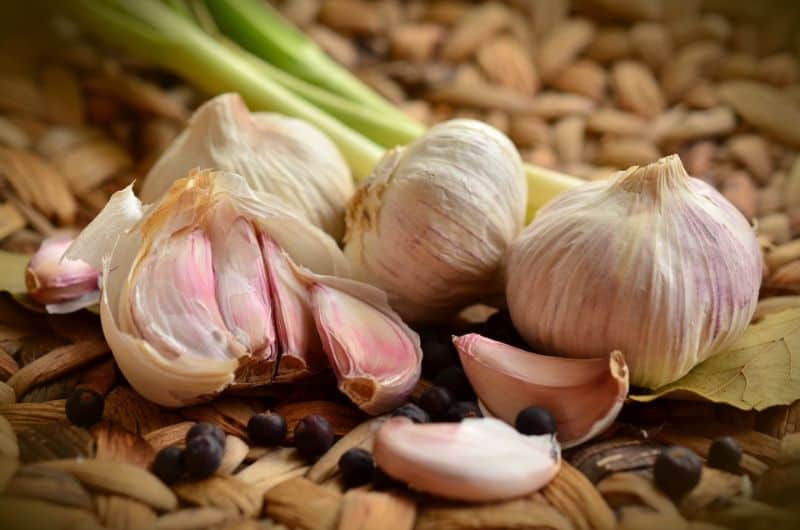
Although it requires a head start in fall, September is the ideal time to plant garlic for a robust spring harvest. Ideally, individual cloves should be planted about 2 inches deep and spaced 6-8 inches apart. Garlic prefers well-drained and slightly acidic soil.
After planting, mulch the area with straw or wood chips to keep the soil insulated throughout winter. Expect a bountiful harvest the following summer, with garlic storing well for many months.
Asian Greens
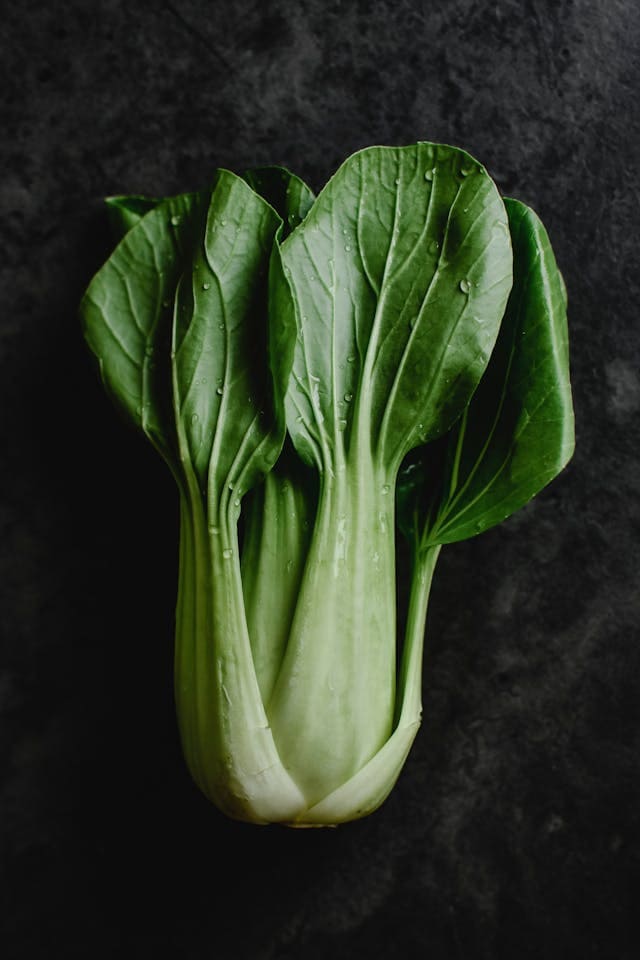
Asian greens, such as bok choy and tatsoi, are incredibly versatile and can thrive in the cooler September temperatures. Plant seeds in early September for best results, and allow for about 6 inches of spacing.
These leafy greens grow quickly and can be harvested as baby greens or allowed to mature into full-size plants. They handle frost fairly well, further extending your growing season.
Mustard Greens
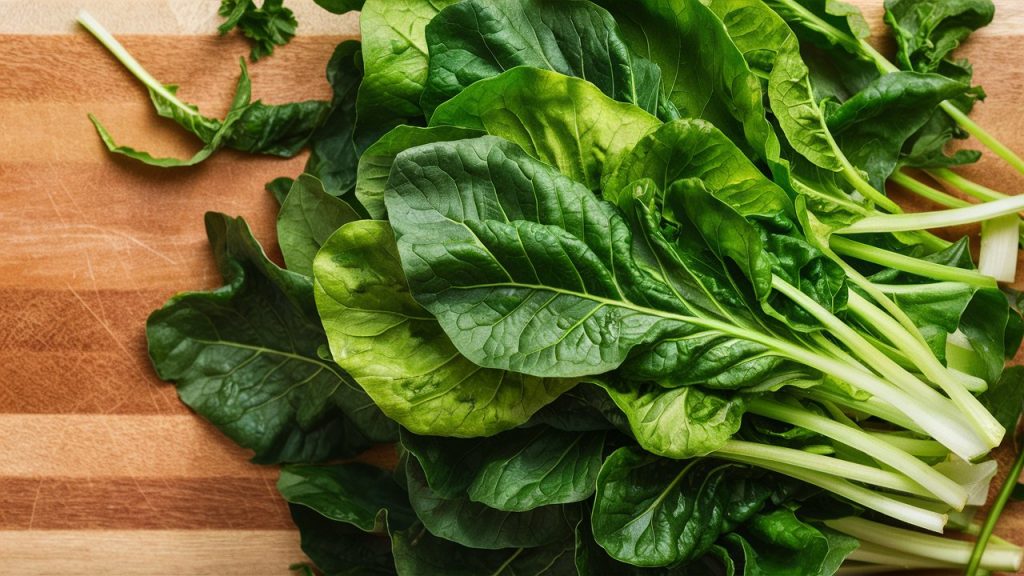
Mustard greens are another excellent choice for September planting. They flourish in the cooler weather and can be sown directly into the ground until late September. These greens are not only easy to grow but also offer a peppery flavor that enhances various dishes.
Plants should be spaced 4-6 inches apart to allow for growth. With a short maturation period, mustard greens can be harvested in just 4-6 weeks.
Flowers To Plant
September is also an opportune time for seeding perennial flowers and cool-season annuals. These choices not only beautify the garden but can serve as vital ecological resources for pollinators.
Pansies

Pansies are particularly hardy and can be planted in September for vibrant blooms through the fall. They thrive in cooler temperatures, ideally between 40°F to 70°F. Plant pansies in a sunny location, spacing them about 6-8 inches apart.
Pansies can even survive light frosts, and their thoughtful placement can provide a delightful splash of color throughout autumn, transitioning into early spring.
Snapdragons
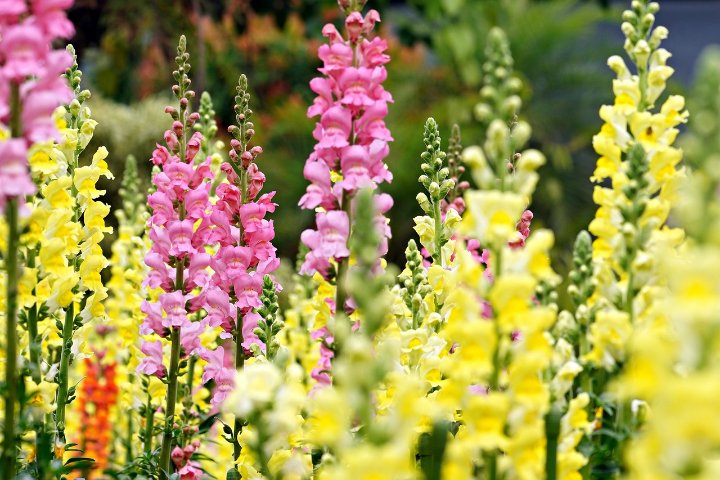
Snapdragons are another great option for fall planting. They are relatively easy to establish in September and can handle temperatures as low as 20°F once rooted. Space snapdragons around 9-12 inches apart, allowing them ample room to grow tall.
These flowers not only add vertical interest to gardens but also attract bees and butterflies. With proper care, they can bloom in late fall and spring, providing visual interest throughout two seasons.
Ornamental Kale
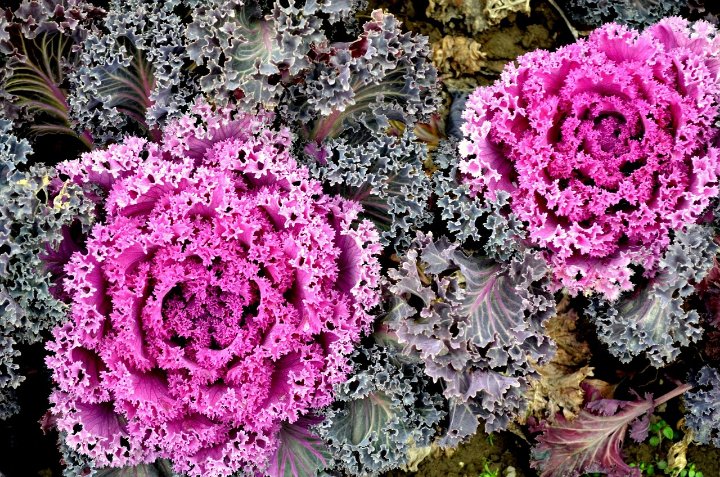
Ornamental kale is both beautiful and hardy. Planting these colorful varieties in September allows them to take root before the first frost. They prefer planting in full sun and need about 12 inches of spacing to create a full display.
Their unique, ruffled leaves can take on vibrant hues as temperatures drop, making them a stunning addition to garden beds and containers alike.
Coneflowers
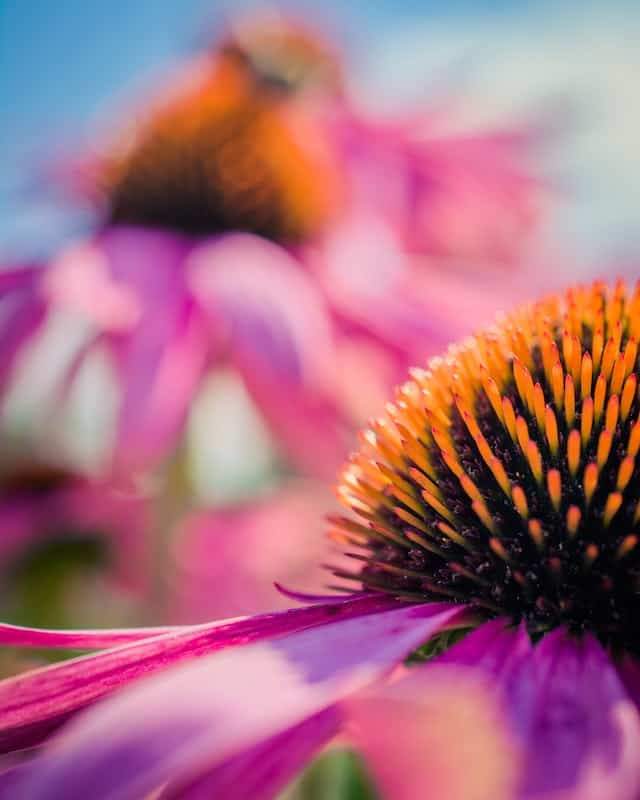
Coneflowers, known for their resilience, can be planted in September to establish themselves before winter. They are drought-tolerant and can handle a variety of soil types, making them particularly versatile.
These perennial flowers thrive in well-draining soil in full to partial sun, and they will bloom again in the following summer, providing bright spots of color and attracting beneficial pollinators.
Mums (Chrysanthemums)
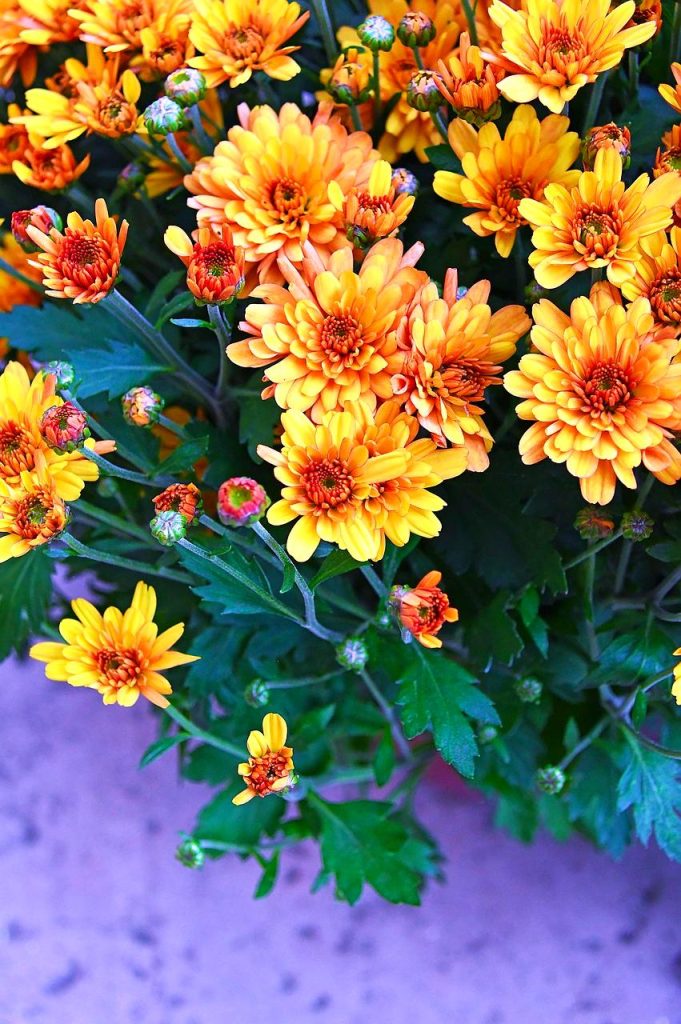
Chrysanthemums are iconic for fall gardens, and planting them in September allows for ample growth before winter. Mums thrive in well-draining soil and prefer full sun, ideally blooming just in time for the autumn season.
With a wide range of colors and forms available, they can serve as striking border plants or focal points in your garden. Proper care can result in blooming well into late fall.
Asters
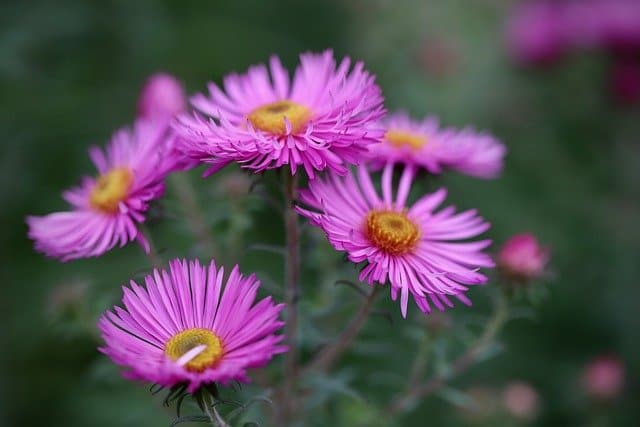
Asters are another fall-blooming perennial that can be planted in September. These plants thrive in cooler temperatures and well-drained soil, blooming in shades of purple, pink, and white. Spacing them about 12-18 inches apart ensures adequate airflow.
Their late-season blooms make them a crucial source of nectar for pollinators preparing for winter. This makes Asters not only a beautiful addition to your landscape but an ecological boon as well.
Sweet Alyssum
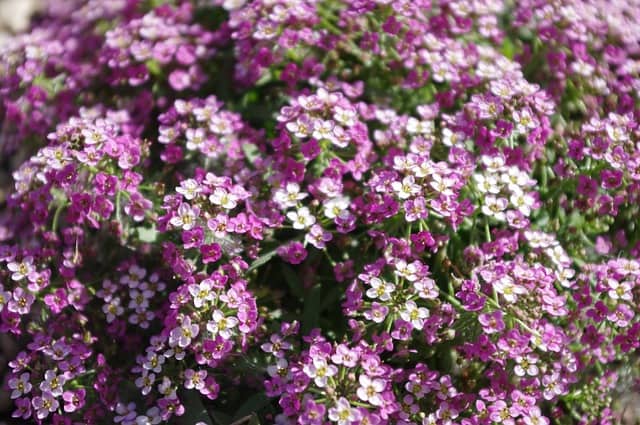
Sweet Alyssum is a delightful flowering annual that can be sown in September. This low-growing plant does well in cooler weather and can be spread across garden beds or pathways.
They require well-drained soil and prefer full sun to partial shade. Not only do they offer a subtle fragrance, but they also attract beneficial insects, making them a great addition for those looking to encourage biodiversity in their gardens.
Shasta Daisies
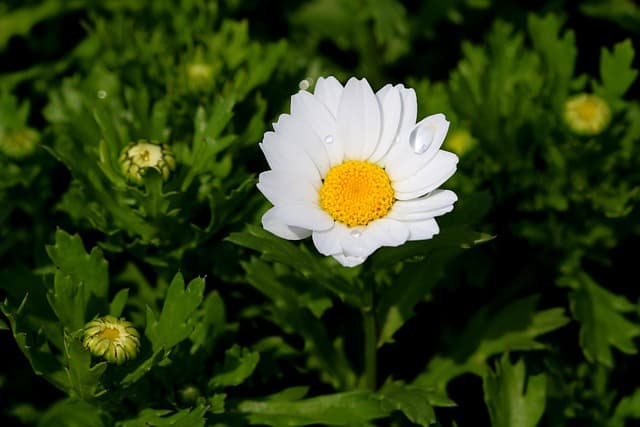
Shasta Daisies are a classic flower that can be planted in ( \text{September} ) to strengthen roots before winter. These hardy perennials prefer full sun and can handle varying soil conditions, although they ideally prefer well-draining soil.
With proper care, Shasta Daisies will bloom beautifully in the following summer, attracting pollinators while standing proud in any garden.
Sedum

Sedum is a drought-tolerant succulent that can be planted in September. This hardy plant is perfect for low-maintenance gardens and thrives in poor soil as long as it has sufficient drainage.
Sedum attracts butterflies and thrives in full sun. It adds texture and interest to the garden as its flowers bloom in late summer to early fall, providing a stunning contrast to fading summer blooms.
Herbs To Plant
Herbs are delightful to grow in the fall, offering fresh ingredients for cooking and teas. Divine flavors and aromas make these herbs an essential component of any home garden.
Cilantro

Cilantro thrives in the cooler weather of fall and can be planted in September for a bountiful late-season harvest. It prefers soil temperatures between 50°F and 70°F and requires adequate moisture.
Plant seeds 1/4 inch deep and spaced a few inches apart; cilantro will germinate quickly and can be harvested as both leaves and seeds (coriander) later.
Chives
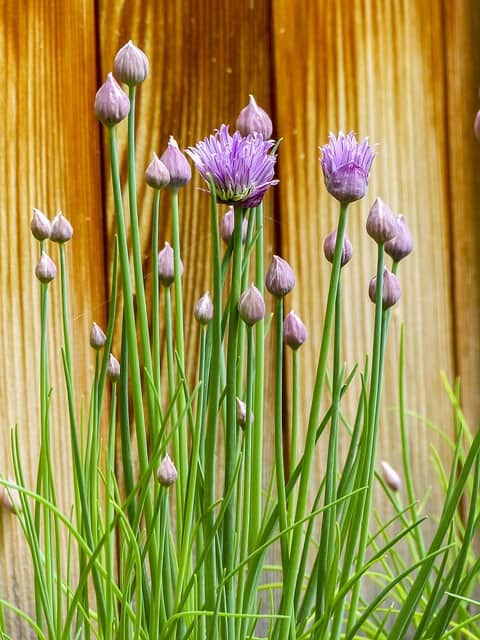
Chives are a perennial herb that can be sown in late summer or early fall. They prefer well-drained soil and can tolerate frost once established, making September an ideal month for planting.
Space chive seeds about 12 inches apart and expect lush green growth and flavorful leaves by early spring. A perennial herb, they will return year after year with minimal care.
Oregano

September is also a suitable time for planting oregano. This perennial herb loves well-drained soil and can easily become established before winter. Plant seeds about 1/4 inch deep and spaced a foot apart to allow for mature growth.
Oregano is drought-tolerant, and its aromatic leaves can be harvested year-round, making it a staple in any herb garden.
Thyme
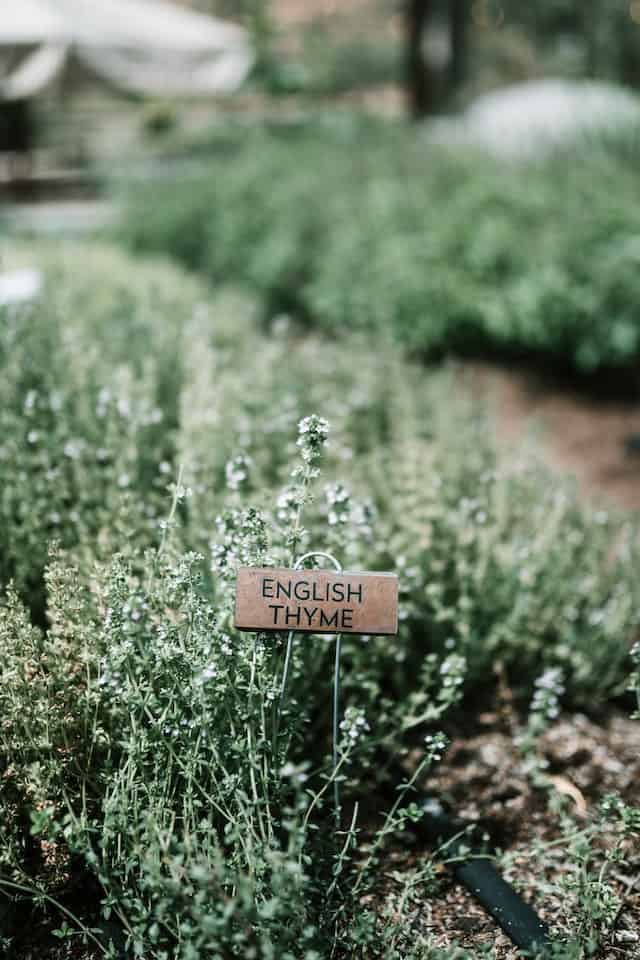
Thyme is another hardy perennial that not only tolerates but thrives in cooler temperatures. Planting thyme in September allows roots to develop before the cold sets in. Ideally, these herbs should be planted in well-draining soil in a sunny spot.
Leave about 12 inches of space between plants for adequate airflow. Once established, thyme can withstand frost, providing fresh flavor throughout the seasons.
Dill
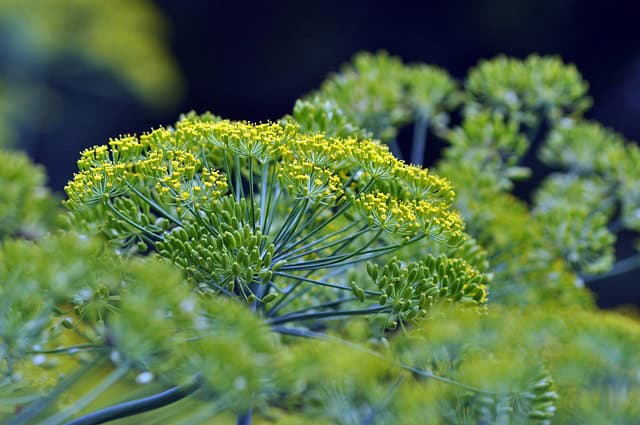
Dill is a perfect herb for fall planting and can also offer a unique flavor for pickling. Opt for a site with well-drained soil and full sun, and sow seeds directly into the ground.
Dill prefers mild weather and can easily germinate with adequate moisture. This herb can also self-seed, providing a new crop in the following season.
Fennel
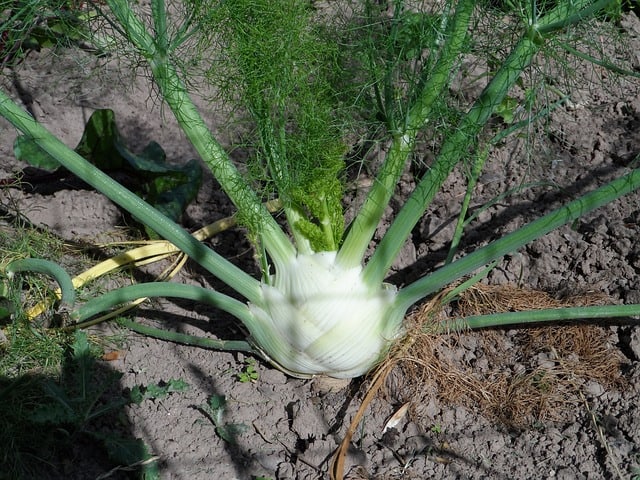
Fennel is an unusual herb that can thrive in autumn planting. Space seeds slightly apart in well-drained soil, as this herb can grow quite large. Fennel prefers full sunlight and can tolerate cooler temperatures.
Fennel bulbs produce a delightful anise flavor that can enhance various dishes, making it a rewarding choice for autumn planting.
Mint
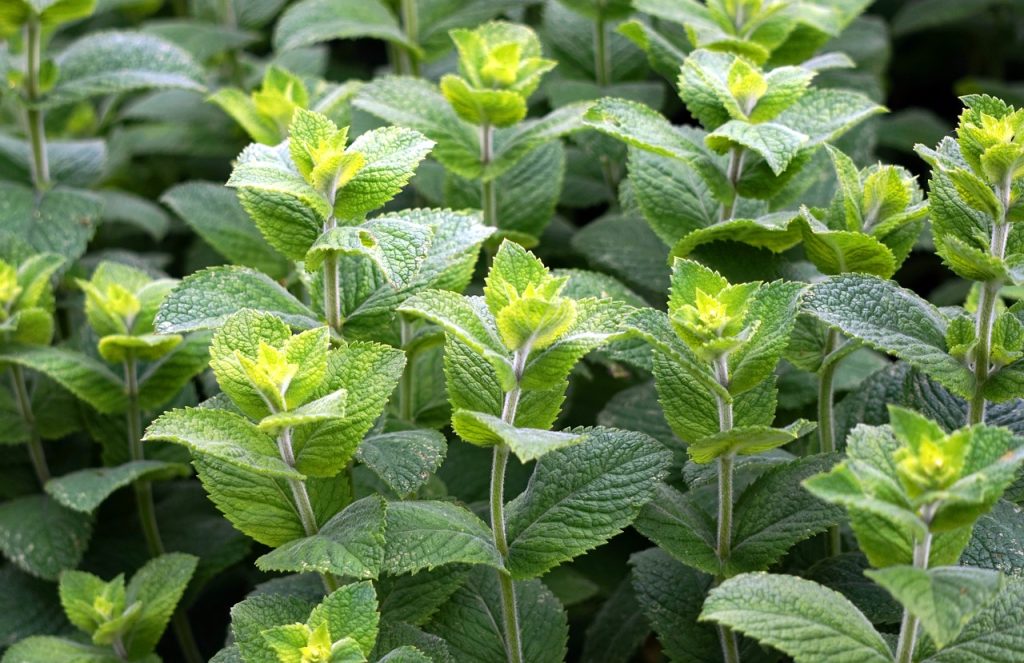
Mint is another perennial favorite that can be established in the fall. Although it can be aggressive in growth, planting it in September allows it to take root and spread in cooler temperatures.
Grow mint in a designated area or a pot to constrain its growth. This fragrant herb will yield lush leaves that can be harvested for teas, cooking, or garnishing.
Basil
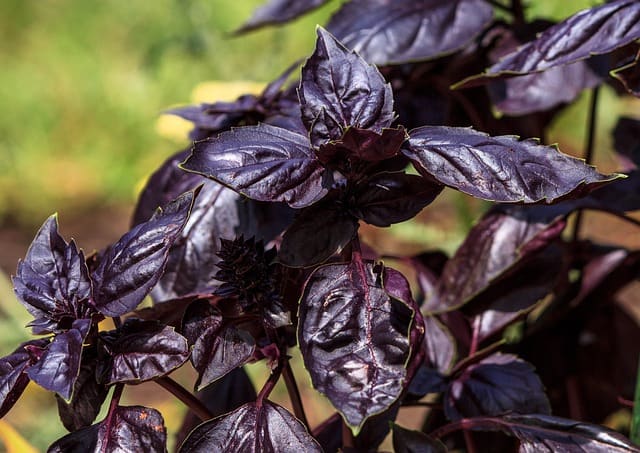
While typically a warm-season herb, basil can still be planted indoors in September for a winter harvest. If you’re keen on keeping it growing, position pots in the sunniest spot available.
Basil enjoys a warm environment, so consider placing it near a south-facing window. Regular harvesting can promote fuller growth, giving you fresh leaves for various culinary uses.
Parsley

Parsley can be directly seeded outdoors in September for a cold-tolerant herb. It prefers well-drained, fertile soil and can thrive even when temperatures dip.
Plant seeds 1/4 inch deep and allow 6-12 inches between plants. Fresh parsley can enhance countless dishes and can be harvested year-round.
Landscape Plants To Plant
Creating a beautiful and resilient landscape begins with the right plant choices. September is an outstanding time to establish new landscape plants that will thrive as they root deeply in cooler soil temperatures.
Tree Peonies
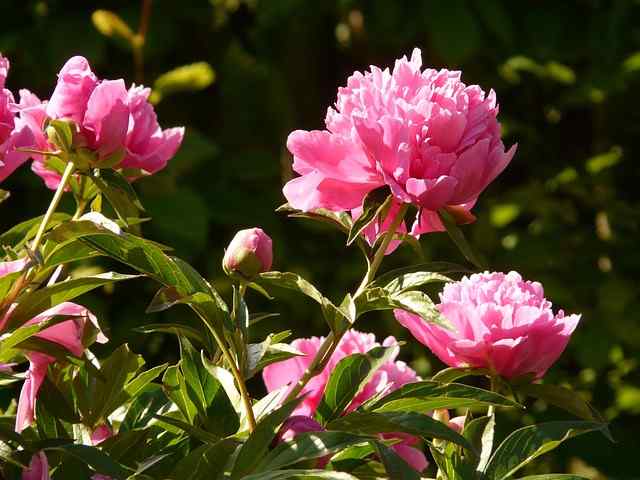
Tree peonies can be planted in September, allowing them to take root before winter arrives. These stunning plants prefer well-drained soil and full sunlight, producing large, glorious blooms in late spring or early summer.
While it may take a few years for them to mature fully, investing in tree peonies will reward you with vibrant flowers and lush foliage for decades.
Maple Trees
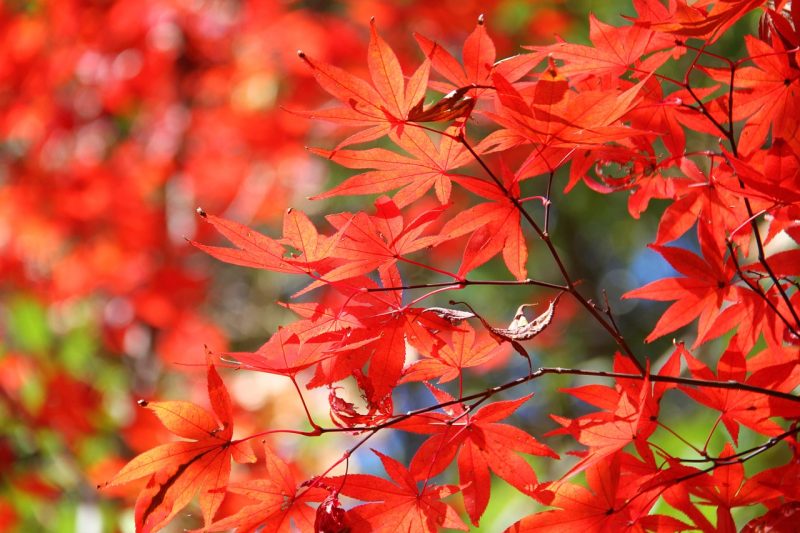
Planting maple trees in September provides ample time for roots to establish before winter. They enjoy well-draining soil and full sun but can adapt to a variety of conditions.
These trees boast stunning fall colors and provide much-needed shade during warmer months. When planted correctly, they can thrive for many generations, adding beauty to your landscape.
Encore Azaleas
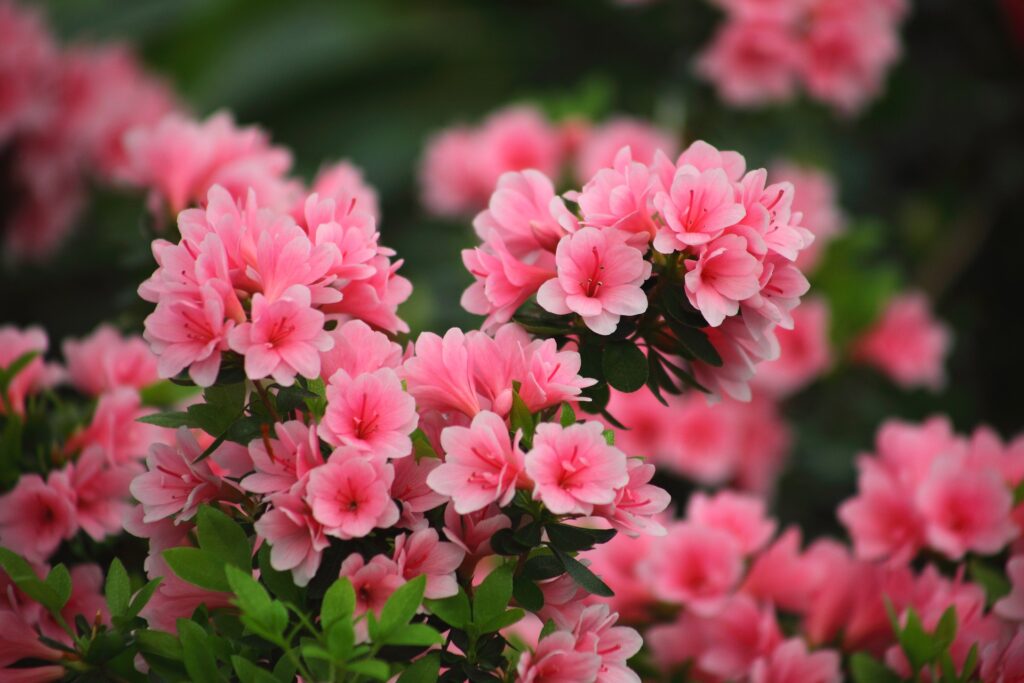
Encore Azaleas are perfect for September planting thanks to their ability to bloom multiple times a year. These shrubs prefer well-drained acidic soil and full sun to partial shade.
With numerous color choices and sizes available, they can serve as a stunning focal point or a densely-packed hedge. Once established, they can tolerate a variety of environmental conditions, making them an excellent choice for reliably beautiful gardens.
Boxwood
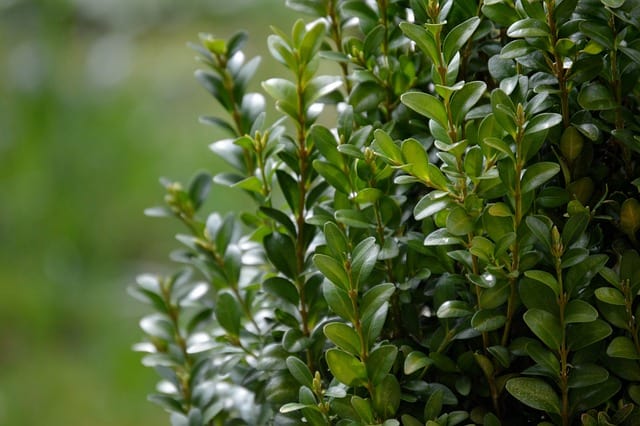
Boxwood offers evergreen structure to landscapes and can be planted in September. This hardy shrub can tolerate varying soil types and will thrive in many conditions, including light shade.
With proper pruning, boxwoods can maintain their size and shape for years, making them a beautiful addition to borders, hedges, or foundation plantings.
Serviceberry
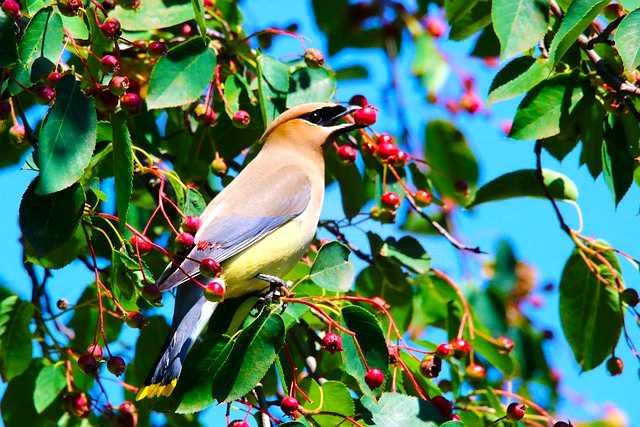
If you’re looking for a tree that offers year-round interest, consider Serviceberries. Planting in September allows these native trees ample time to establish before winter.
Their fragrant blooms in spring, followed by juicy edible berries in summer, and stunning fall foliage offer seasonal interest. Serviceberries are adaptable to various soils and conditions, making them an ideal choice for diverse landscape settings.
Hydrangeas
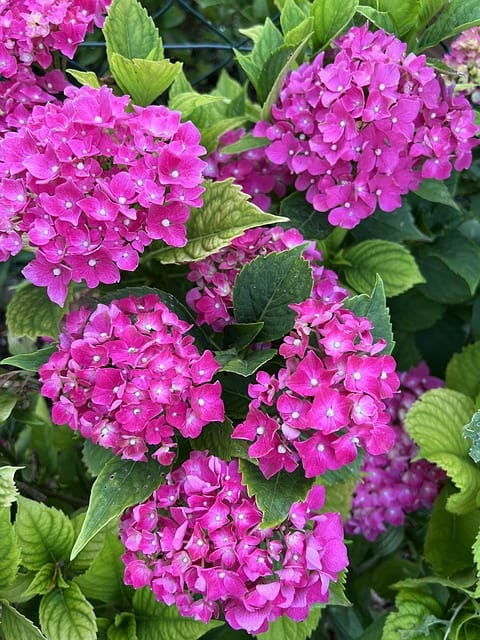
September is an excellent time for planting hydrangeas, known for their stunning inflorescences. They thrive in moist, well-drained soil and benefit from partial shade.
With a variety of species available, hydrangeas can provide delightful blooms in various colors and sizes. They prefer consistent moisture, so be mindful of watering, especially during dry spells.
Ornamental Grasses
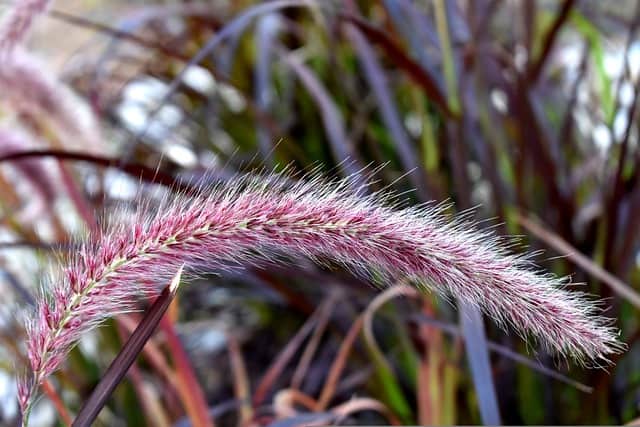
Ornamental grasses offer versatility and texture to landscapes. September is the perfect time to plant grasses like Miscanthus or Panicum, as they appreciate the cooling temperatures during establishment.
Most grasses thrive in full sun and require well-drained soil. Their movement in the wind and changes in color can add depth and interest to your landscape over the seasons.
Dogwood Trees

September is an ideal time to plant Dogwood trees, allowing them to establish roots before colder weather arrives. They prefer slightly acidic, well-drained soil, and thrive in partial shade.
Dogwood trees offer stunning blossoms in spring and vibrant foliage in fall. By choosing to plant them in September, you’ll ensure a thriving young tree that will serve as a focal point in your landscape for decades to come.
Perennials
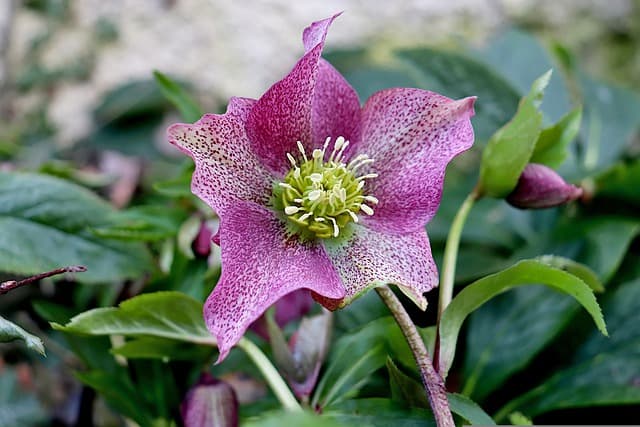
September is an excellent time for planting a variety of perennial species to ensure they are well-established before winter. Choose perennials that are suitable for your specific conditions, ranging from daylilies to echinacea.
Having a diverse selection of perennials that bloom throughout the growing season provides continuous color and interest in your landscape.


